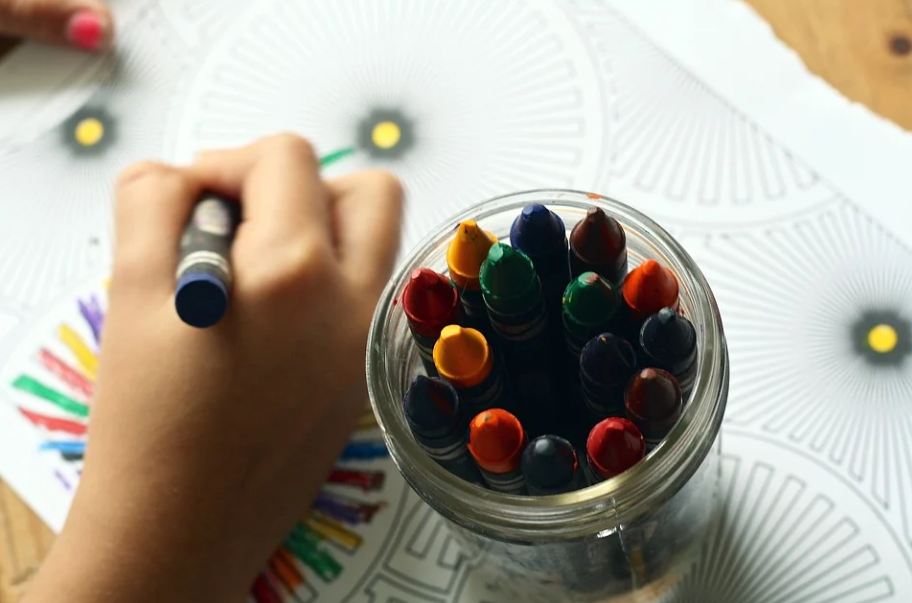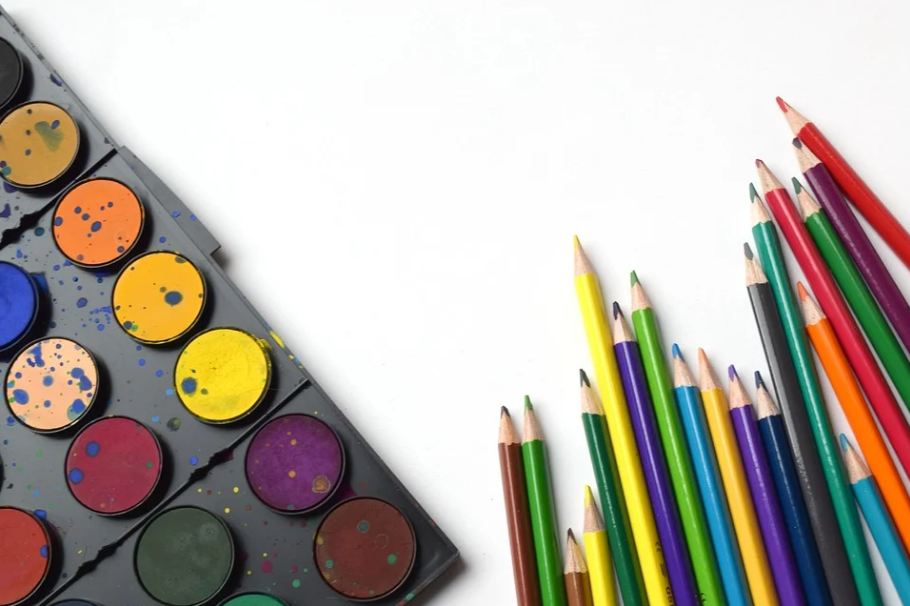The coloring book is considered to be one of the most popular pastime items for children for more than 100 years, and recently, even adults consider coloring black and white drawings to be entertaining and stress-relieving. While people most often associate coloring books with children, the first books with illustrations that are recommended to be colored were actually for adults. Furthermore, it was only in the 1900s when coloring books became a child’s pastime activity. Here is the dark and fascinating history of coloring books for you to know more about its adult-focused origins.
Origins
No one knows exactly when the act of coloring black and white illustrations started, but many historians believed that one of the earliest examples of the coloring book was “Poly-Olbion,” a long and descriptive poem that was written by Michael Drayton and published in 1612 and 1622. In the published poem, there are illustrations that depict the maps of counties found in Wales and England that are accompanied by drawings of creatures from folklore. During the time of its publication, it has been the custom of the elite to add color to the maps and the creatures found in the book, and the activity of coloring the book became much more enjoyable than actually reading Drayton’s poem.
Rising Popularity of Coloring Books
In 1634, Henry Peacham suggested in his book titled “Compleat Gentleman” that a gentleman should know how to apply color to illustrations or their own drawings. In the book, Peacham provided maps that readers can color on their own so that they could already be trained in coloring while learning how to draw.
The popularity of coloring illustrations in books continued to rise around Europe, and it became even more popular when Robert Sayer published a book titled “The Florist” in 1760, which encourages readers to color the illustrations found in the pages with accuracy. In addition, The Florist also provided readers with instructions on the colors that will be used for each illustration, as well as a guide on how to mix colors properly. Besides The Florist, Sayer also published “The Compleat Drawing-Book” that contains illustrations with more variety, as it includes drawings of animals, people, faces, and landscapes.
Unfortunately, these “drawing books” could only be afforded by the elite during those periods, and while some lower-class people can purchase them, they wouldn’t be able to put color on the books since coloring materials were quite expensive.
Coloring Books for Children
While children were allowed to color the illustrations found in adult-focused books, the activity was not particularly popular for them. However, when lithography was invented in the 1790s, publishers were able to reproduce illustrations easier and faster, thus leading to the widespread use of illustrations in books that can be bought even by the lower class. Now that people gained easier access to illustrations, it was easier for writers and artists to publish coloring books that are aimed not only for adults but also for children as well.
The first official coloring book for children was published in 1879, and this book was the “Little Folks’ Painting Book, which was conceptualized and created by the McLoughlin Brothers (publishing company for many children’s books in the 1800s and 1900s) and featured illustrations drawn by Kate Greenaway. Although there were many disputes about the first children’s coloring book, historians agree that the Little Folks’ Painting Book popularized coloring illustrations for children.
While the said coloring book focuses on providing illustrations for children to draw on, it actually has several tales inside, although most of the tales are not told but drawn. Some people argue that the tales found in the book have a dark tone, as it shows the consequence of what happens to children that play pranks on other people or wake up late for school. Even though it may seem difficult for children to understand the stories found in the illustrations, as the tales don’t have words and the kids are just focused on coloring the drawings, there are actually lessons that they can learn by just observing the stationary actions of the people depicted in the book.
Return of Coloring Books for Adults
From the 1900s up to the early 2000s, coloring books were seen as pastime items that can only be enjoyed by children, and the adult origins of the books became forgotten. However, during the late 2000s, adults who were experiencing stress would find coloring books to be the perfect stress-reliever, as they would realize that focusing on coloring black and white drawings helps relieve their stress and forget about their problems at work or in life.
By the early 2010s, publishing companies began producing coloring books that can be enjoyed by both children and adults, although there are some books that are too complicated to be colored by kids. Interestingly, there are also some coloring book artists that developed “stress-relieving designs” that are supposed to have patterns that are calming and relieving to look at while the reader is coloring them. With artists coming up with different designs to make illustrations more interesting for kids and adults, the coloring book may continue to become a popular pastime for many years.
Coloring books are indeed a great pastime activity for both children and adults. While coloring different art and drawings, have you ever wondered where the names of these colors came from? If you are curious about this, read our post about why colors are named the way they are for more information.


